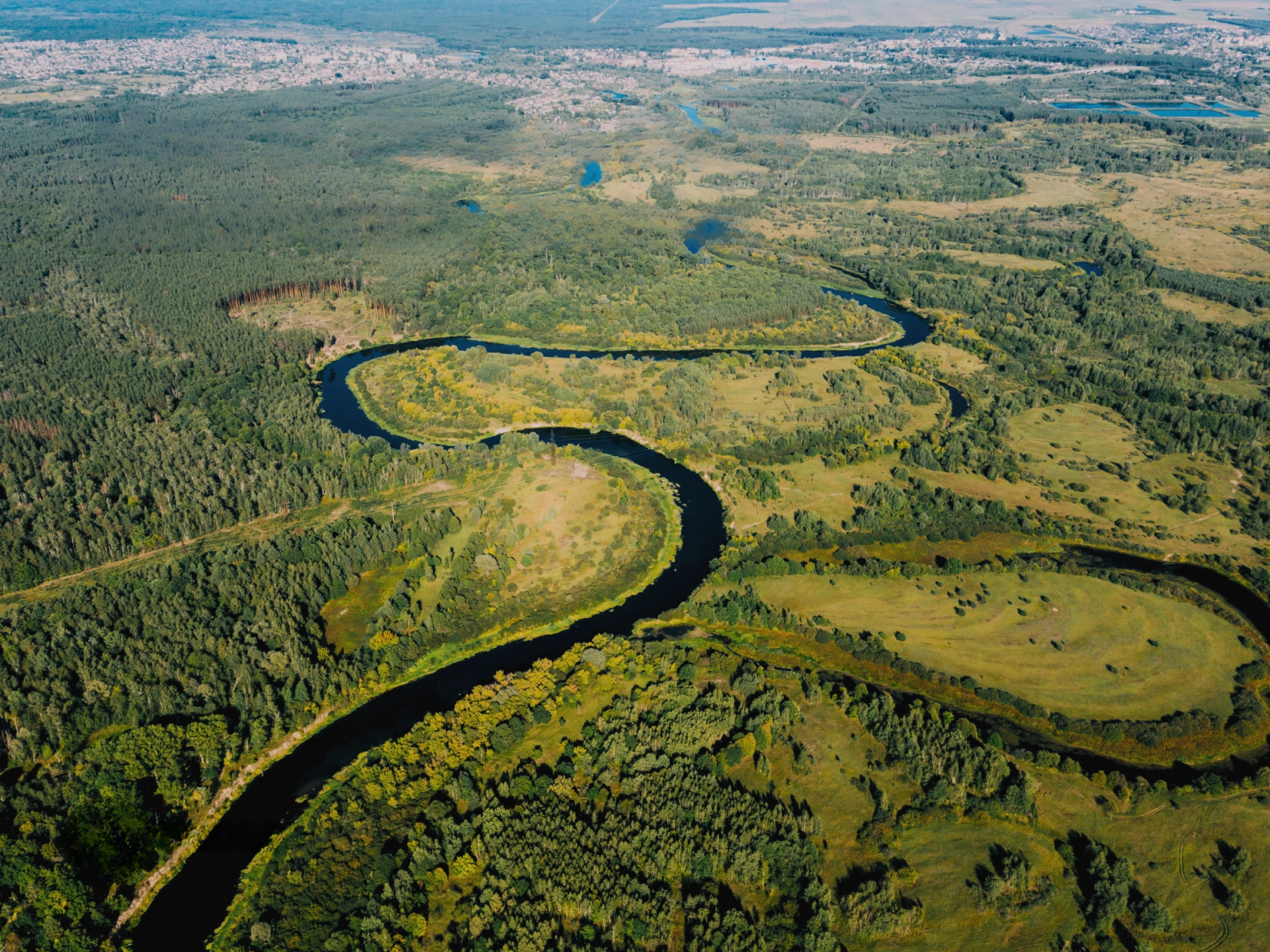The State of the Corporate Nature Landscape 2025
In early 2025, we spoke with 13 sustainability leaders across sectors to understand how organisations are engaging with nature. These conversations...
3 min read
Natcap : 18 Sep, 2025

The climate crisis has long been a corporate priority. But the nature agenda, biodiversity, land use, pollution, and water, is now emerging as an equally urgent and deeply connected challenge. As companies navigate increasing demands from regulators, investors, and stakeholders, they have started exploring how to integrate climate and nature in practice. In fact, at one of Natcap’s most recent webinars, we found that 27% of attendees’ organisations were planning the integration of climate & nature, 18% were piloting, and 11% had fully embedded the integration of climate and nature.
This post explores the case for integration, the regulatory landscape, practical steps for businesses, and the opportunities and challenges that lie ahead.
For many businesses, assessing climate risks is a well-integrated aspect of their sustainability journey. This has been driven by well-established science, relatively standardised data, and clear regulatory and investor expectations. Emissions are quantifiable, climate models are well developed, and frameworks like the Task Force on Climate-related Financial Disclosures (TCFD) have provided structure and credibility.
In some ways, starting with climate is counterintuitive, as nature is actually the broader concept. In fact, climate is only one of the nine planetary boundaries we need to respect in order to maintain a stable earth system.
However, with that breadth comes complexity and measurement challenges. Biodiversity loss, soil degradation, and water stress vary by location and ecosystem, and are harder to model with precision. As a result, many companies are only now beginning to grapple with their nature-related impacts and dependencies.
But this is changing. Nature-related risks and opportunities are becoming more visible, and frameworks like the Taskforce on Nature-related Financial Disclosures (TNFD) are helping businesses bring nature into their core strategy, governance, and risk management.
Climate and nature are fundamentally connected - nature risks are climate risks. For example, deforestation contributes to climate change, while changing temperatures accelerate biodiversity loss. Treating them separately could underestimate the financial consequences of environmental risk, lead to the wrong investment decisions to mitigate that risk, and miss opportunities for growth.
For example:
Regulation is now accelerating the shift from climate-first to integrated sustainability.
While the direction of travel is clear, uncertainty remains, particularly around the future of CSRD, as the EU’s Omnibus proposal could reshape key elements of sustainability reporting.
For companies just starting to bring climate and nature together, it’s helpful to break down the work into three core stages:
As disclosure frameworks mature and investor scrutiny sharpens, the imperative to integrate climate and nature will only increase. But this isn’t just about compliance. It’s about value creation.
An integrated approach helps businesses identify hidden risks, unlock operational efficiencies, build resilience, and discover new sources of competitive advantage. Just as net-zero strategies unlocked investment in renewables and clean tech, nature-positive strategies are poised to drive the next wave of sustainable innovation.

In early 2025, we spoke with 13 sustainability leaders across sectors to understand how organisations are engaging with nature. These conversations...

Nature is no longer just a “nice to have” on corporate sustainability agendas. It is fast becoming a core pillar of business strategy. From...

Businesses depend on biodiversity metrics to meet regulatory and voluntary disclosure requirements, address stakeholder expectations, and set...